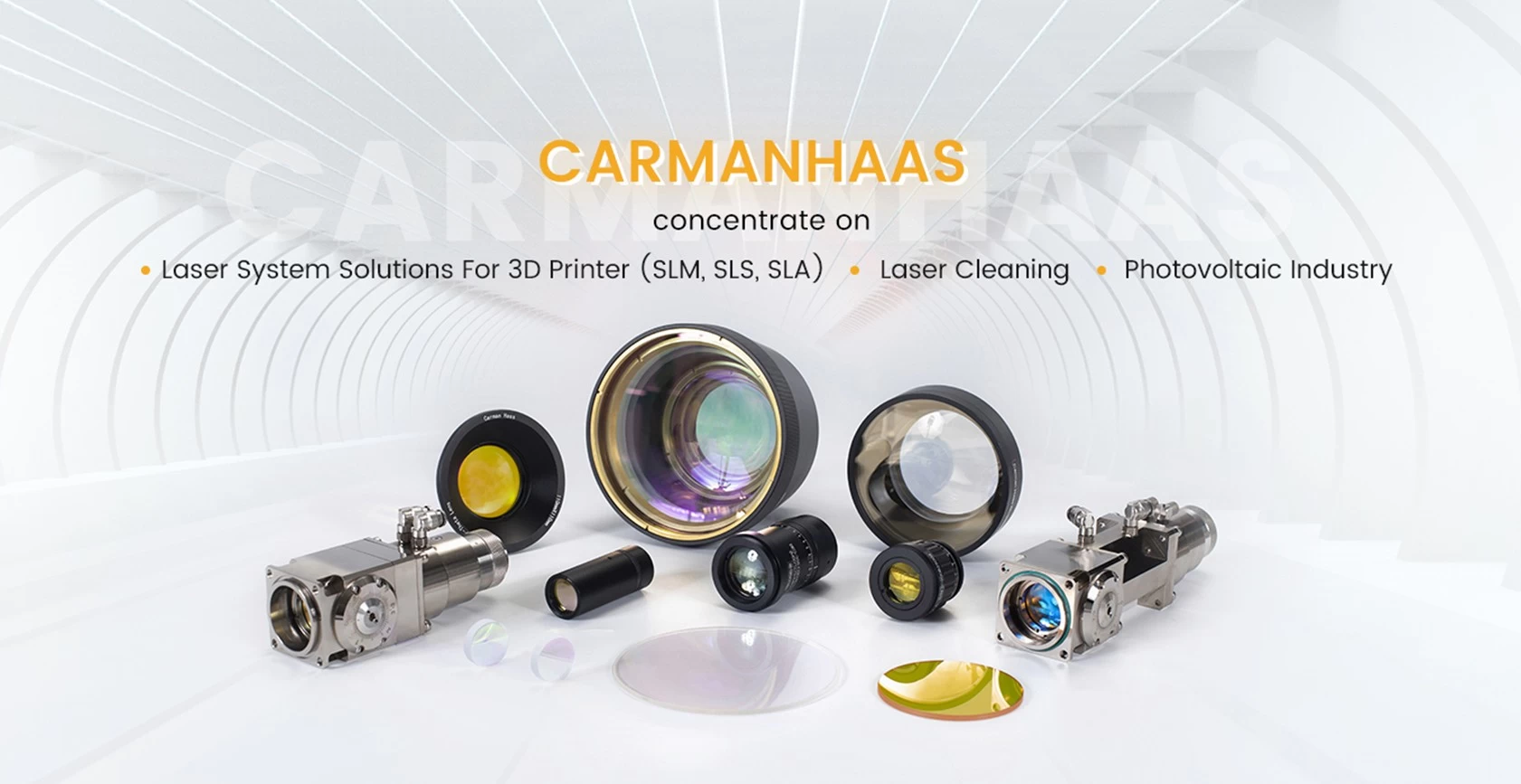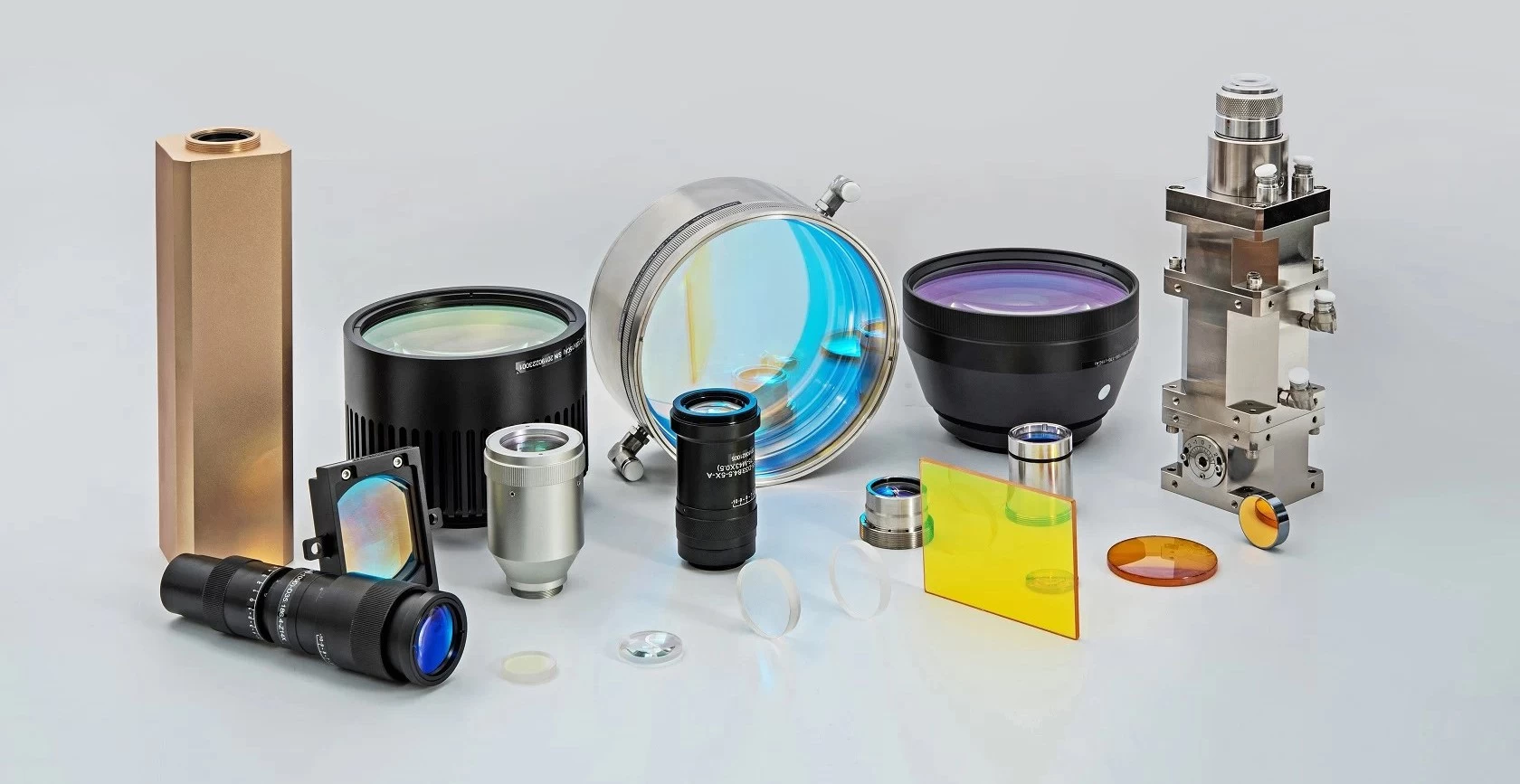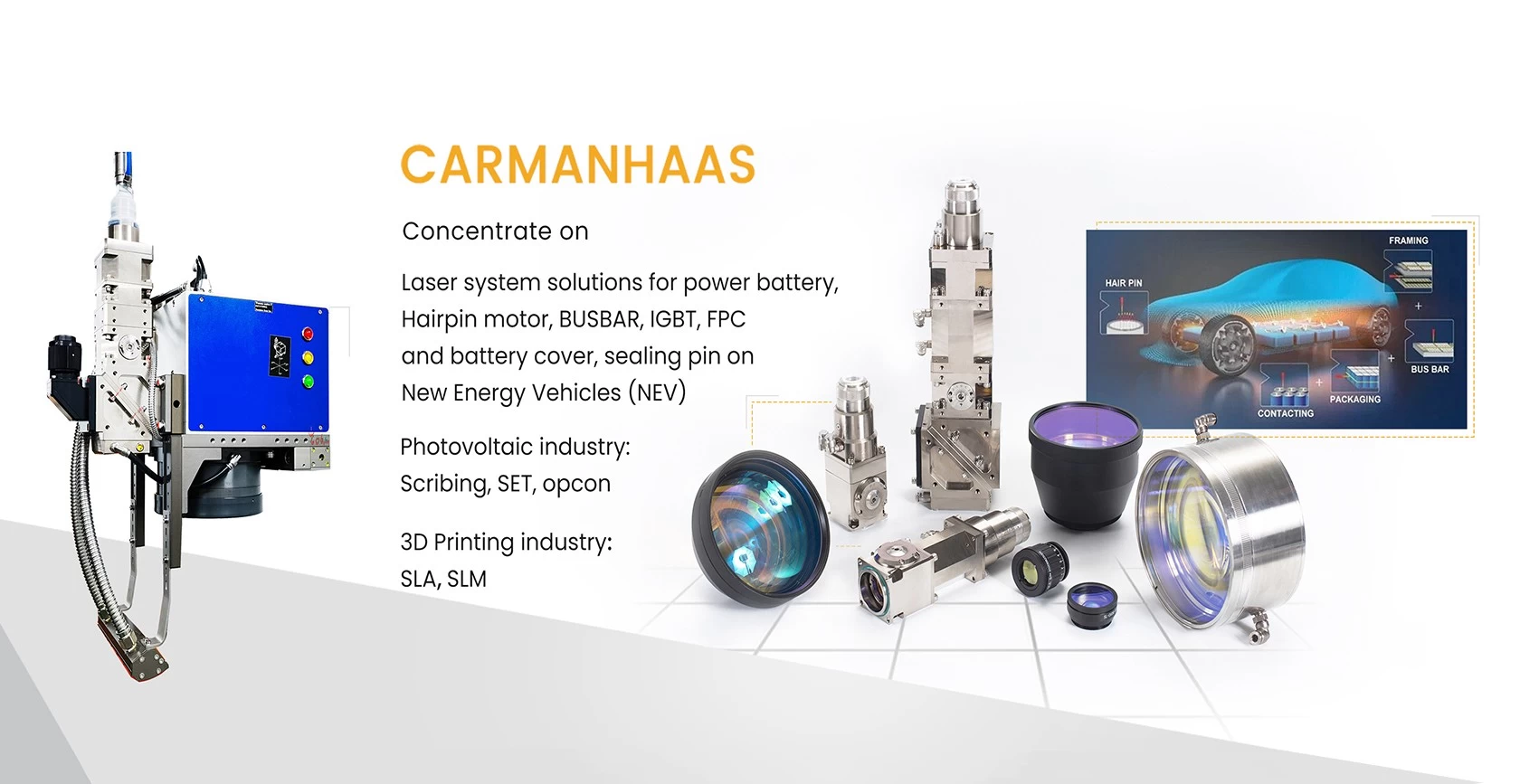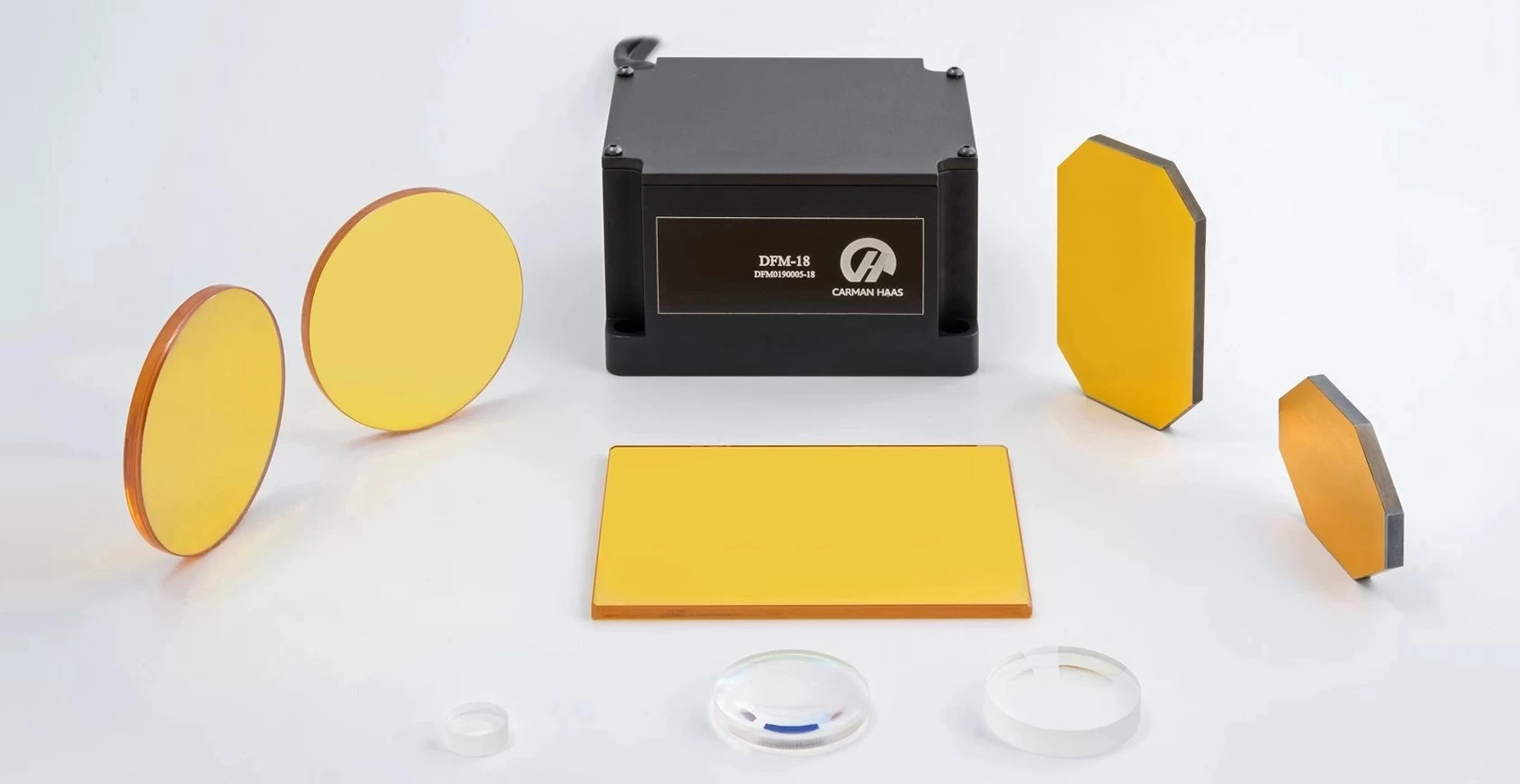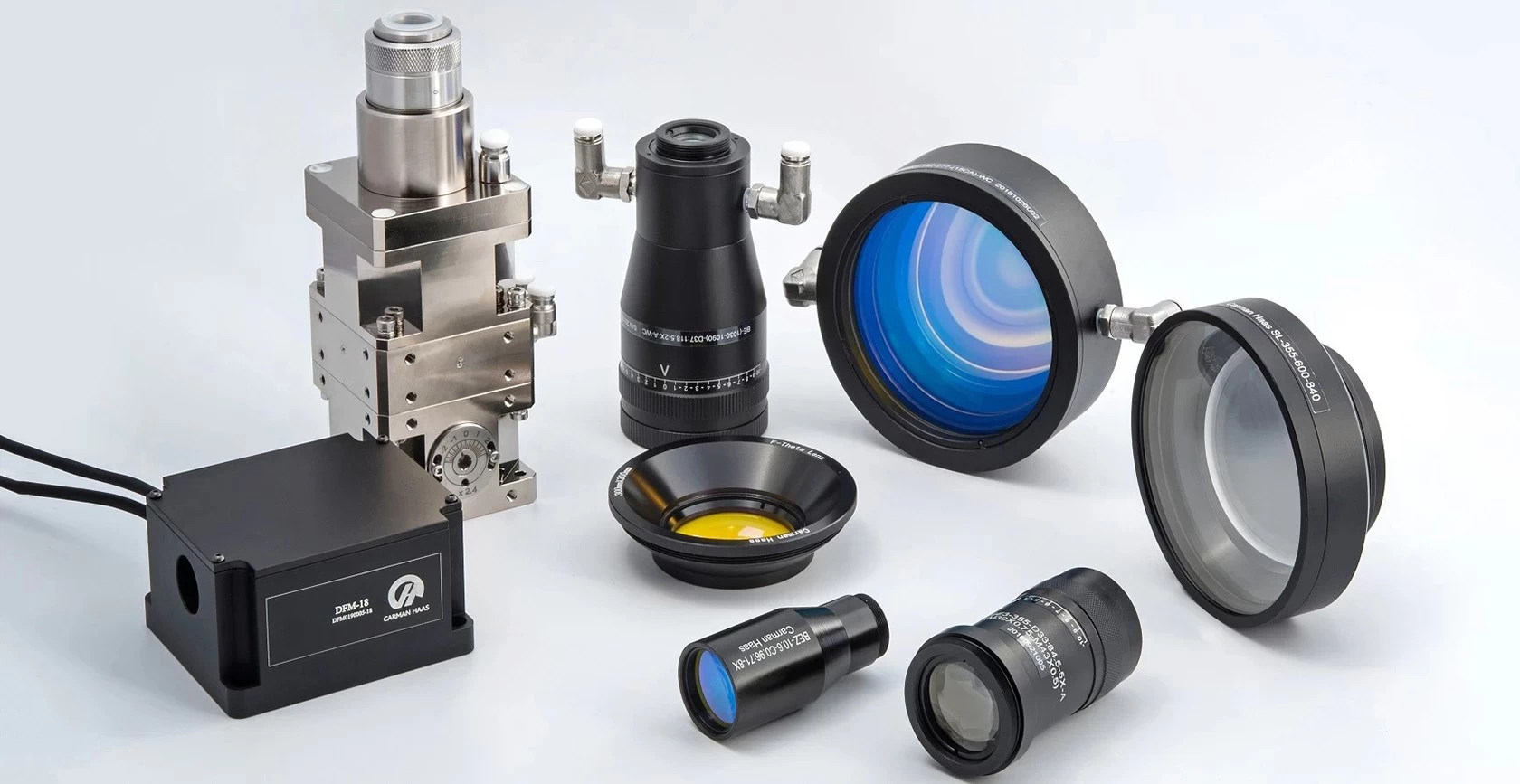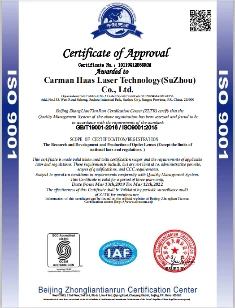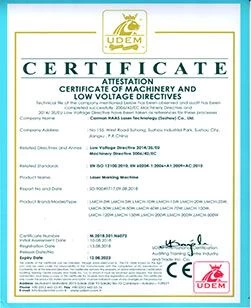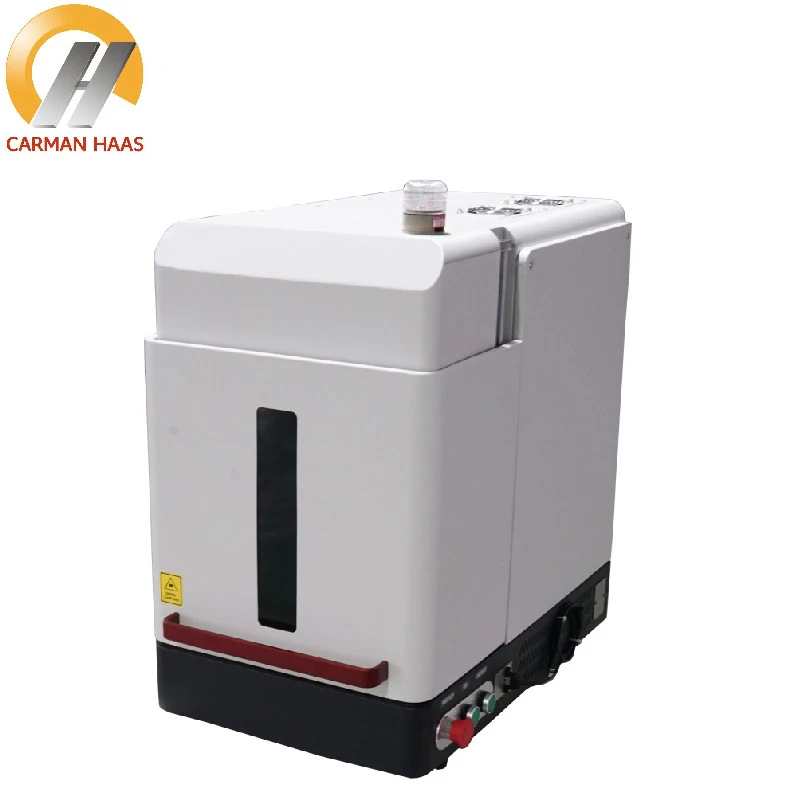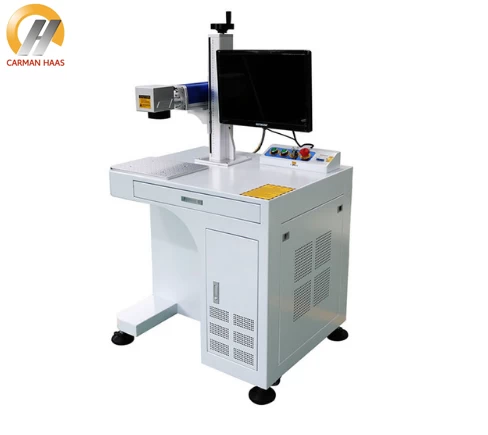-
1.How to determine the size of the focusing lens?
-
The size of the lens depends mainly on the mechanical design requirements of the user. It is generally believed that the diameter of the lens is related to the beam diameter required by the light path system and the power of the system.
The greater the diameter of the lens, the higher the thickness, the higher the price.
-
2.Which wavelength is suitable for our focusing lenses?And material?
-
Focusing lenses are mainly made of glass, quartz,gallium arsenide and Znse and so on.
Glass and quartz material, mainly used for 10.6um YAG laser wavelength. Glass lens price is relatively low, but the power is also low, the quartz lens prices higher, withstand power is also high.
Gallium arsenide and Znse material, mainly used for CO2 laser at 10.6um wavelength. It is generally believed that the two materials work well, but gallium arsenide is not transparent to red light, while Znse can.
-
3.How to handle&clean optics?
-
Great care should be taken when handling infrared optics. Please note the following precautions:
Step 1 - Mild Cleaning for Light Contamination (dust, lint particles)
Note: Avoid using shop air lines because they usually contain significant amounts of oil and water. These contaminants can form detrimental absorbing films on optical surfaces.
Step 2 - Mild Cleaning for Light Contamination (smudges, fingerprints)
Note: Use only paper-bodied 100% cotton swabs and high-quality surgical cotton balls.
Reagent grade acetone and isopropyl alcohol are recommended.
Step 2 (alternative method) “Drop and Drag” - Mild Cleaning for Light Contamination
Note: Use only the lens tissue supplied in the optics cleaning kit or another high-quality lens tissue.
Step 3 - Moderate Cleaning for Moderate Contamination (spittle, oils)
Note: Use only paper-bodied 100% cotton swabs.
Use only high-quality surgical cotton balls that have been sorted to remove any with embedded abrasives.
White distilled vinegar with a 6% acetic acid content should be used.
Step 4 - Aggressive Cleaning for Severely Contaminated Optics (splatter)
NOTE: If the optic is 2.00” or larger, a cotton ball may be substituted for the cotton swab in this step.
Conclusion
The final step is to carefully examine the optic’s surface under good light in front of a black background. Any visible polish residue should be removed by repeating steps 4B-4D as many times as required.



